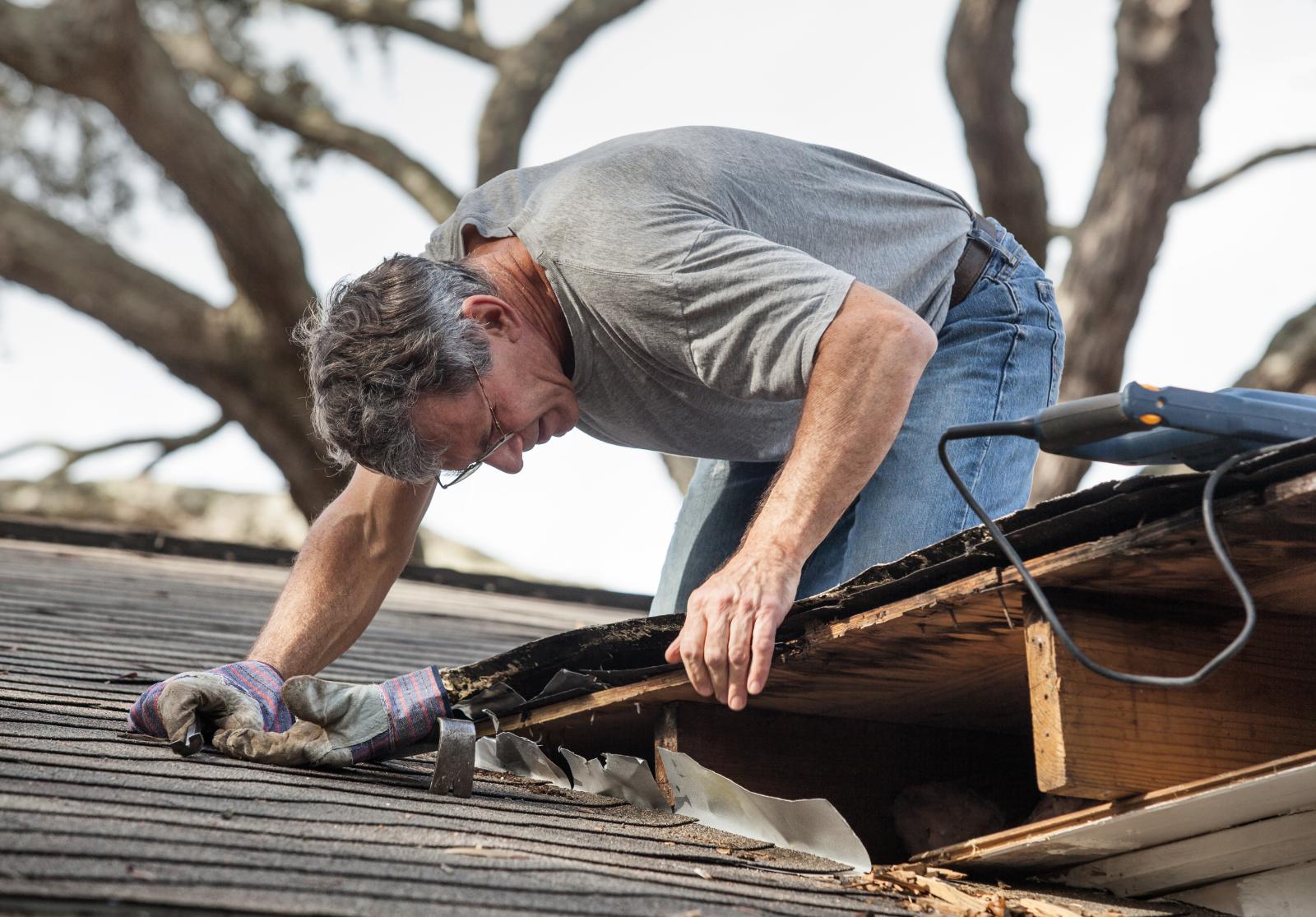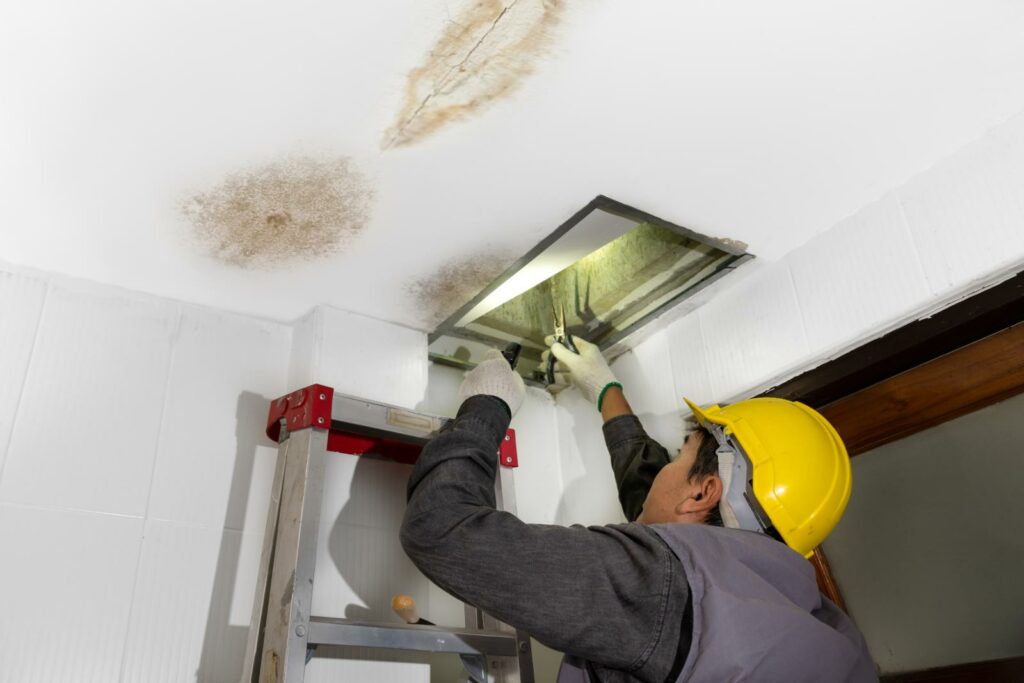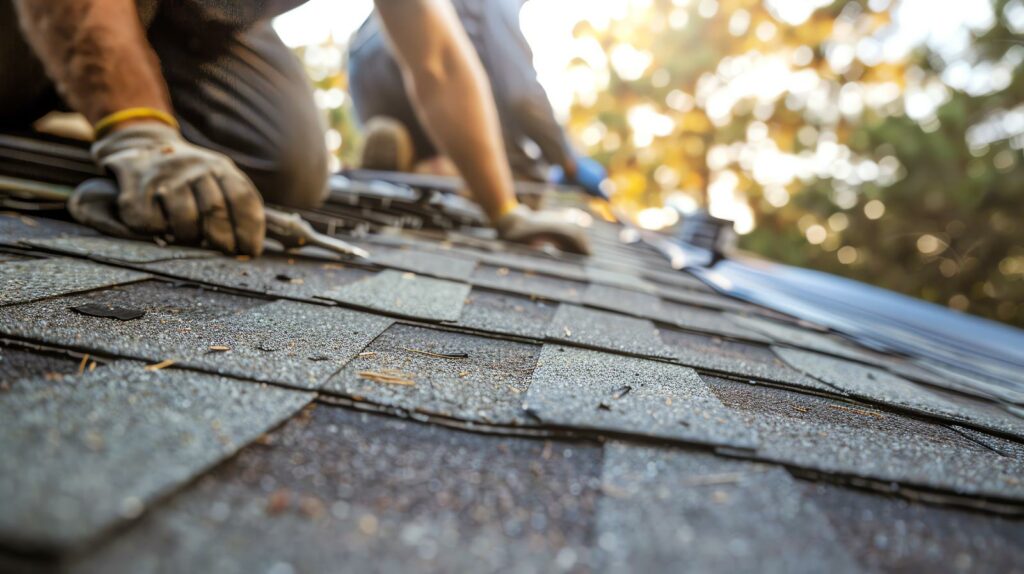Contents
When it comes to fire damage cleanup and restoration, have you considered the impact of sustainable solutions on the environment? Implementing eco-friendly practices can not only help restore damaged areas but also contribute to a healthier ecosystem. By focusing on using biodegradable materials and energy-efficient techniques, the restoration process becomes more than just a repair job—it becomes a step towards a greener future. Curious to know more about how sustainable solutions can revolutionize fire damage cleanup and restoration practices?
Key Takeaways
- Use eco-friendly cleaning products and green debris disposal methods.
- Prioritize biodegradable restoration materials and low-VOC paint options.
- Invest in high-efficiency water extraction equipment for conservation.
- Collaborate with local sustainability initiatives for innovative solutions.
- Engage the community to share responsibility and foster sustainability.
Eco-Friendly Cleaning Products
When selecting cleaning products for fire damage cleanup and restoration, opt for eco-friendly options to minimize environmental impact and promote a healthier indoor environment. Green cleaning alternatives are vital in ensuring that the restoration process isn’t only effective but also sustainable in the long run.
These products are made from natural ingredients that are safer for both your health and the environment. By choosing green cleaning alternatives, you contribute to sustainable restoration practices that prioritize the well-being of both your home and the planet.
Eco-friendly cleaning products are formulated to tackle fire damage residues without harsh chemicals that can linger in the air and on surfaces. They’re biodegradable, non-toxic, and don’t leave behind harmful residues that could pose health risks to you and your family.
These products not only clean effectively but also help in maintaining indoor air quality during the restoration process. Embracing sustainable restoration practices through the use of eco-friendly cleaning products is a responsible choice that aligns with creating a safer and healthier living environment for everyone.
Green Debris Disposal Methods
When it comes to managing debris after a fire, it’s important to ponder eco-friendly waste disposal methods. Choosing biodegradable debris removal options can help minimize the environmental impact of the cleanup process.
Implementing sustainable waste management practices guarantees that the restoration efforts align with green initiatives.
Eco-Friendly Waste Disposal
To ensure responsible disposal of debris after a fire, implementing eco-friendly waste disposal methods is vital. Green waste management practices focus on sustainable disposal techniques that minimize environmental impact.
When dealing with fire damage cleanup, opting for eco-friendly waste removal ensures an environmentally conscious approach to the restoration process. By utilizing these methods, you contribute to a cleaner, healthier planet while restoring your property.
Eco-friendly waste disposal involves sorting materials for recycling, composting organic waste, and utilizing specialized facilities for hazardous materials. This approach not only aids in reducing landfill waste but also promotes a more sustainable future.
Embracing eco-friendly waste disposal practices is an essential step in the journey toward a greener, more responsible cleanup and restoration process.
Biodegradable Debris Removal
Incorporate biodegradable debris removal methods into your fire damage cleanup plan to prioritize environmentally friendly disposal practices. Utilizing compostable waste removal and sustainable debris disposal techniques can greatly reduce the environmental impact of the restoration process. Opt for biodegradable cleaning solutions and eco-friendly restoration materials to further enhance the sustainability of the cleanup. By choosing these methods, you not only contribute to a healthier environment but also promote a more eco-conscious approach to fire damage restoration. Consider the table below for a quick reference on biodegradable debris removal options:
| Biodegradable Debris Removal Methods | Benefits |
|---|---|
| Compostable waste removal | Reduces landfill waste |
| Sustainable debris disposal | Minimizes environmental impact |
| Biodegradable cleaning solutions | Non-toxic and eco-friendly |
| Eco-friendly restoration materials | Renewable and sustainable |
| Green disposal practices | Promotes environmental stewardship |
Sustainable Waste Management
For effective green debris disposal methods in sustainable waste management, prioritize utilizing compostable waste removal techniques to minimize environmental impact. When handling debris after a fire, opt for eco-friendly waste management solutions to reduce the carbon footprint and promote a healthier environment.
Consider the following biodegradable waste disposal techniques:
Composting: Transform organic debris into nutrient-rich compost for soil enrichment.
Mulching: Shred woody debris to create a natural mulch that helps retain moisture and suppress weed growth.
- Bio-bags: Biodegradable bags are utilized to collect and dispose of smaller debris items.
Vermicomposting: Use worms to break down organic waste, creating a valuable soil amendment.
Energy-Efficient Drying Techniques
Implementing cutting-edge moisture extraction methods enhances the efficiency of the drying process after a fire, reducing overall energy consumption. When considering energy-efficient drying techniques for fire damage restoration, opting for sustainable ventilation solutions and energy-efficient dehumidification methods can have a substantial impact on the environmental footprint. Utilizing green insulation options and eco-friendly moisture control techniques not only aids in the drying process but also promotes sustainability and reduces energy waste.
To maximize energy efficiency during the drying process, utilizing equipment that’s specifically designed for low energy consumption is essential. Look for dehumidifiers that are Energy Star certified and use advanced moisture extraction technologies to minimize electricity usage while effectively drying the affected areas. Pairing these dehumidifiers with sustainable ventilation solutions such as natural airflow or energy-efficient air circulation systems can further reduce energy consumption during the restoration process.
Sustainable Water Extraction Practices
When dealing with water extraction after a fire, it’s important to employ efficient methods that minimize waste and promote sustainability. By utilizing eco-friendly drying techniques and strategies that reduce water waste, you can contribute to a more environmentally conscious restoration process.
Implementing these sustainable practices not only helps in the cleanup but also guarantees a more responsible approach to post-fire damage restoration.
Efficient Water Extraction Methods
To efficiently extract water while prioritizing sustainability, consider utilizing advanced water extraction equipment and techniques. Here are four key methods to enhance your water extraction process:
High-Efficiency Water Extractors: Invest in advanced water extractors that can quickly and effectively remove water from affected areas.
Moisture Mapping Technology: Utilize advanced moisture detection tools to accurately map out the extent of water damage and guarantee thorough extraction.
Dual-Stage Extraction Systems: Implement dual-stage extraction systems to enhance water removal efficiency and reduce drying times.
Regular Equipment Maintenance: Maintain your water extraction equipment regularly to guarantee optimal performance and longevity, promoting sustainability through equipment durability.
Eco-Friendly Drying Techniques
Consider incorporating eco-friendly drying techniques into your water extraction process to promote sustainability and enhance restoration efforts efficiently.
Sustainable air filtration systems can help remove contaminants from the air during the drying process, ensuring a healthier environment for both workers and occupants.
Additionally, implementing eco-conscious waste management practices such as recycling water used in the drying process can reduce water waste and minimize environmental impact.
By utilizing these techniques, you not only contribute to a more sustainable approach to fire damage restoration but also showcase your commitment to environmentally friendly practices.
Water Waste Reduction Strategies
Implement sustainable water extraction practices to minimize water waste and enhance the efficiency of your fire damage restoration process. When focusing on water conservation strategies and sustainable restoration techniques, consider the following:
Utilize High-Efficiency Water Extraction Equipment: Invest in modern equipment that efficiently removes water without excessive use.
Implement Precision Extraction Methods: Target specific areas for extraction to avoid unnecessary water removal.
Opt for Controlled Drying Techniques: Use techniques like targeted airflow to reduce overall water consumption during the drying process.
Regularly Monitor Water Extraction Progress: Continuously assess and adjust extraction methods to optimize efficiency and minimize water waste.
Biodegradable Restoration Materials
When selecting materials for fire damage cleanup and restoration, prioritize biodegradable options for a more environmentally friendly approach. Biodegradable restoration materials offer innovative designs that not only facilitate the restoration process but also contribute to sustainability benefits. These materials are crafted to break down naturally over time, reducing environmental impact and promoting a healthier ecosystem. By utilizing biodegradable materials in the restoration process, you actively participate in minimizing waste generation and supporting a greener future.
Innovative designs of biodegradable restoration materials incorporate advanced technologies that guarantee effective restoration while being gentle on the environment. From biodegradable cleaners to compostable packaging materials, these options present a holistic approach to fire damage cleanup and restoration. Embracing these sustainable alternatives not only aids in the restoration process but also showcases a commitment to eco-conscious practices. Making the switch to biodegradable restoration materials aligns with a shared vision of preserving our planet for future generations.
Low-VOC Paint Options
When selecting low-VOC paint options for fire damage cleanup and restoration, you’re making an eco-friendly decision that benefits both the environment and your health.
These paints contain fewer harmful chemicals, reducing indoor air pollution and potential health risks.
Opting for low-VOC paints guarantees a safer and more sustainable approach to restoring your property after a fire.
Eco-Friendly Paint Choices
Choosing low-VOC paint options for your fire damage cleanup and restoration project can greatly reduce harmful emissions and promote a healthier indoor environment. When considering eco-friendly paint choices, here are some options to enhance sustainability:
Bio-based Paints: Made from renewable resources like plant oils, these paints have minimal environmental impact.
Recycled Paints: Created from unused paint leftovers, these options reduce waste and promote a circular economy.
Clay Paints: Composed of natural clay and mineral pigments, these paints offer a unique, earthy look.
Milk Paints: Produced from milk protein, lime, and natural pigments, these paints have a rich history and low environmental impact.
Health Benefits of Low-VOC
To enhance the health benefits of your fire damage cleanup and restoration project, selecting low-VOC paint options can greatly improve indoor air quality and overall well-being. Low-VOC paints contain fewer volatile organic compounds, making them a healthier choice for your indoor environment.
These paints release fewer harmful chemicals into the air, reducing the risk of respiratory issues and allergies. By choosing sustainable building materials like low-VOC paints, you not only contribute to a healthier indoor space but also support environmentally friendly practices.
Improved indoor air quality through the use of low-VOC paints can lead to a more comfortable and welcoming living environment for you and your family. Make a conscious choice for your health and well-being by opting for low-VOC paint options during your fire damage cleanup and restoration process.
Organic Odor Neutralizers
Using organic odor neutralizers is an effective way to eliminate persistent smells after a fire damage incident. These natural deodorizers not only help neutralize odors but also contribute to sustainable disinfection practices. Here are four key benefits of using organic odor neutralizers:
Essential Oils Blend: A unique blend of essential oils like lavender, eucalyptus, and tea tree oil can effectively mask and eliminate fire-related odors, leaving behind a fresh and calming scent.
Activated Charcoal: Activated charcoal is a powerful natural ingredient known for its ability to absorb odors. When used as an odor neutralizer, it can help trap and remove lingering smells from the fire.
Citrus-Based Sprays: Citrus-based sprays not only add a pleasant aroma to the space but also work as natural deodorizers, breaking down odor-causing molecules and invigorating the air.
Enzyme Cleaners: Enzyme cleaners contain natural enzymes that break down organic materials causing odors. They’re effective in combating the smell at its source, providing long-lasting odor control.
Choose organic odor neutralizers for a sustainable and effective solution to tackle post-fire odors, creating a fresher and healthier environment.
Recycled Building Materials
Recycled building materials offer a sustainable and cost-effective alternative for construction projects aiming to reduce environmental impact. When considering fire damage cleanup and restoration, opting for recycled lumber options and upcycled furniture solutions can make a significant difference. Recycled lumber not only helps in conserving natural resources but also reduces the carbon footprint associated with traditional lumber production. On the other hand, upcycled furniture solutions provide unique and creative ways to repurpose old materials, adding character and sustainability to your space.
To further illustrate the benefits of incorporating recycled building materials, take a look at the table below showcasing some popular options:
| Recycled Building Materials | Benefits | Examples |
|---|---|---|
| Recycled Lumber | Environmentally friendly, cost-effective | Reclaimed wood planks, salvaged timber |
| Upcycled Furniture | Unique designs and reduces waste | Repurposed pallet coffee tables, seating |
Solar-Powered Equipment Usage
Incorporating solar-powered equipment in fire damage cleanup and restoration operations greatly enhances sustainability and efficiency in managing environmental impact. By harnessing the power of the sun, you can make a significant difference in the restoration process.
Solar powered dehumidifiers help in drying out spaces affected by fire damage without depending on non-renewable energy sources, reducing your carbon footprint.
Utilizing sustainable energy sources such as solar power not only decreases operational costs but also guarantees a more eco-friendly approach to fire damage cleanup and restoration.
Solar-powered equipment provides a reliable and consistent power source, guaranteeing that essential tools like air purifiers and water pumps can function effectively even in areas with limited access to electricity.
By investing in solar technology, you contribute to the promotion of renewable energy solutions, fostering a sense of community and environmental responsibility in fire damage restoration efforts.
Collaborations With Local Sustainability Initiatives
Collaborating with local sustainability initiatives enhances the environmental impact and community engagement in fire damage cleanup and restoration efforts. By forming community partnerships, you can tap into a wealth of resources and expertise to implement green infrastructure solutions that promote sustainability. These collaborations allow for the integration of eco-friendly practices into the restoration process, such as utilizing recycled materials, implementing energy-efficient technologies, and reducing waste generation.
Through these partnerships, you not only contribute to the restoration of fire-damaged areas but also foster a sense of belonging and shared responsibility within the community. Working hand in hand with local sustainability initiatives enables you to leverage collective knowledge and innovative approaches to address environmental challenges effectively.
Wrap-Up
Embracing sustainable solutions for fire damage cleanup and restoration is like planting seeds of environmental stewardship. By incorporating eco-friendly practices and materials, you’re nurturing a greener future for our planet.
Remember, every small step towards sustainability makes a significant impact in preserving our ecosystem. So, keep tending to the garden of restoration with care and watch it bloom into a healthier, more sustainable world for all.




